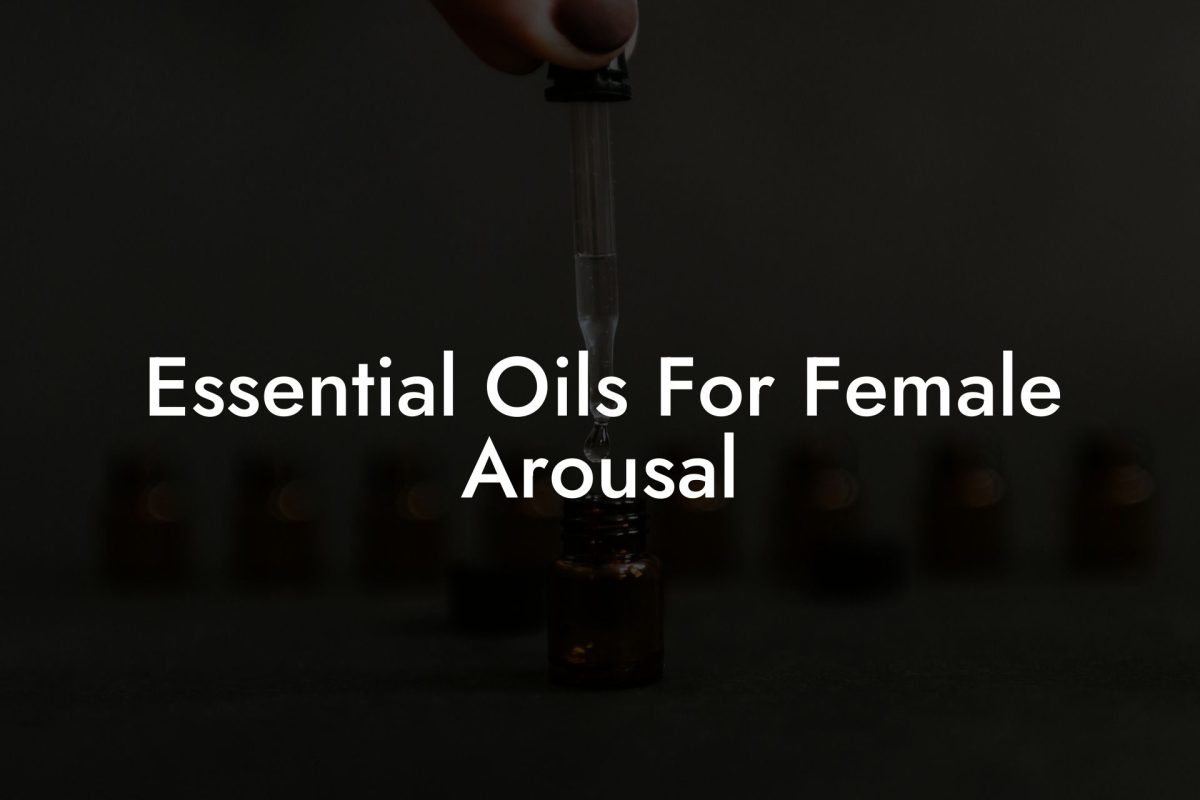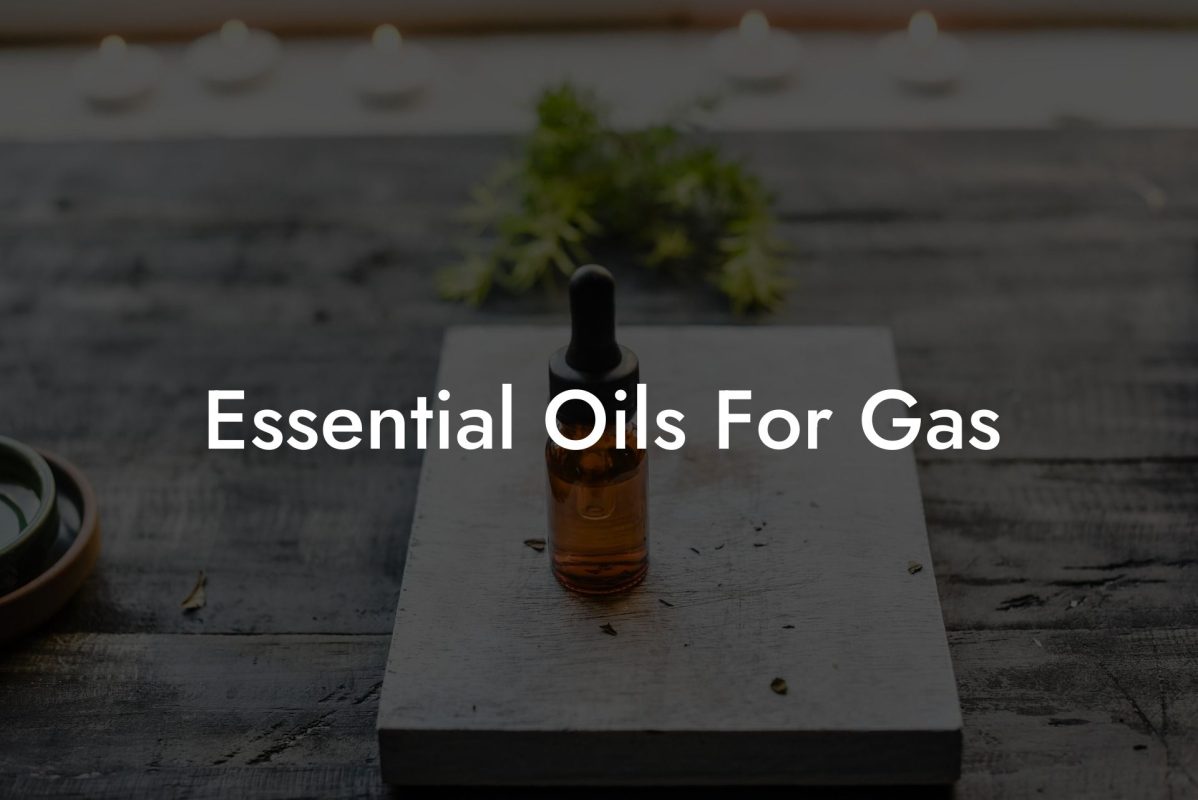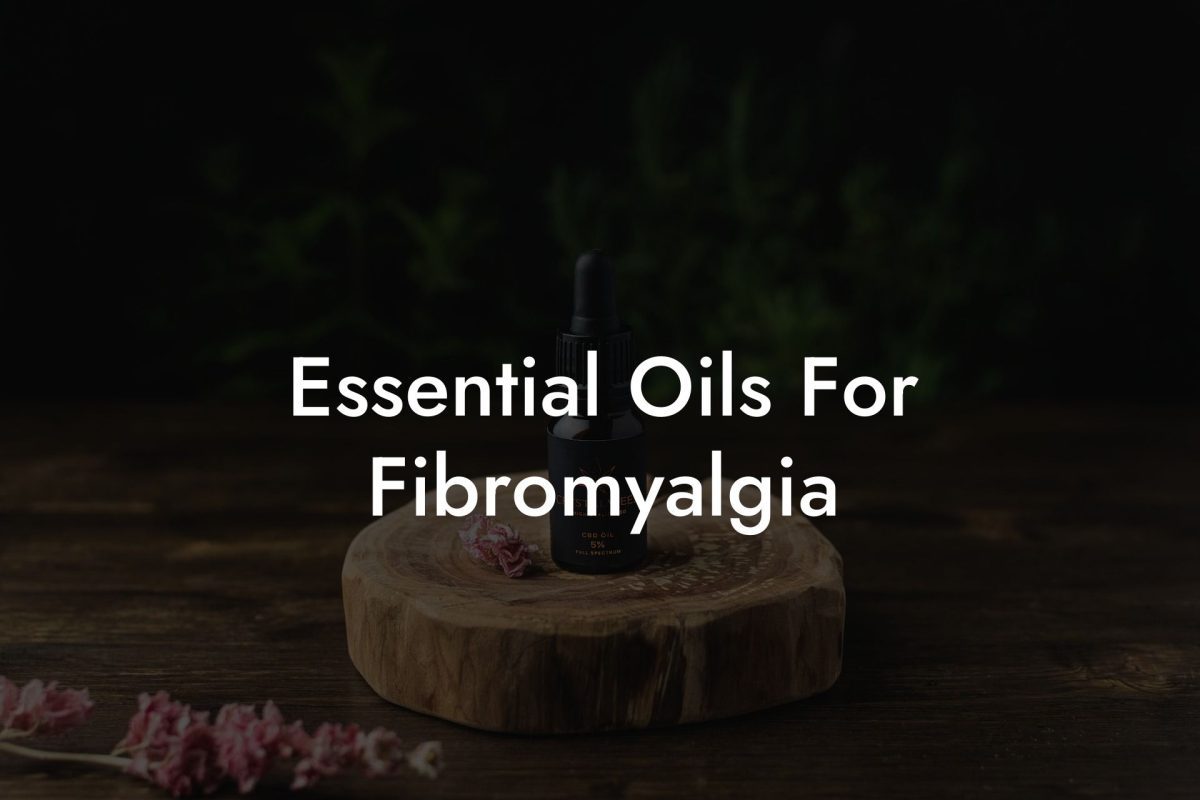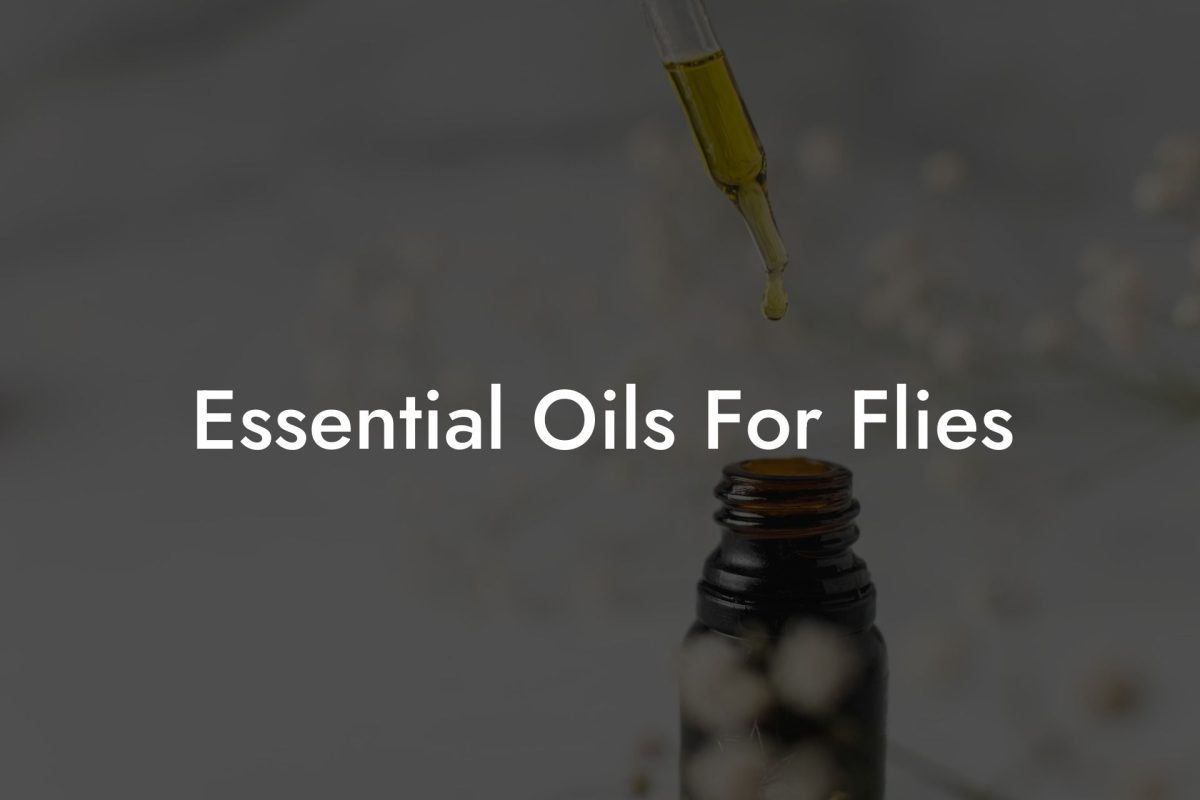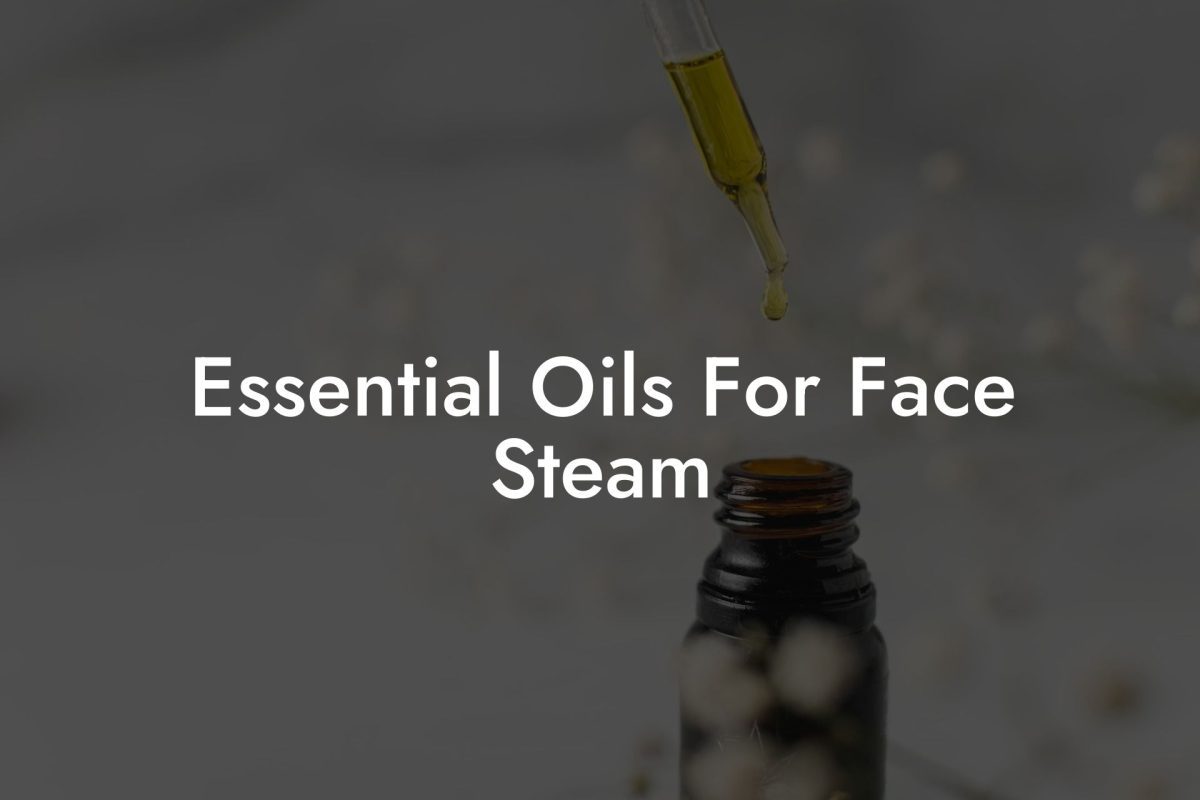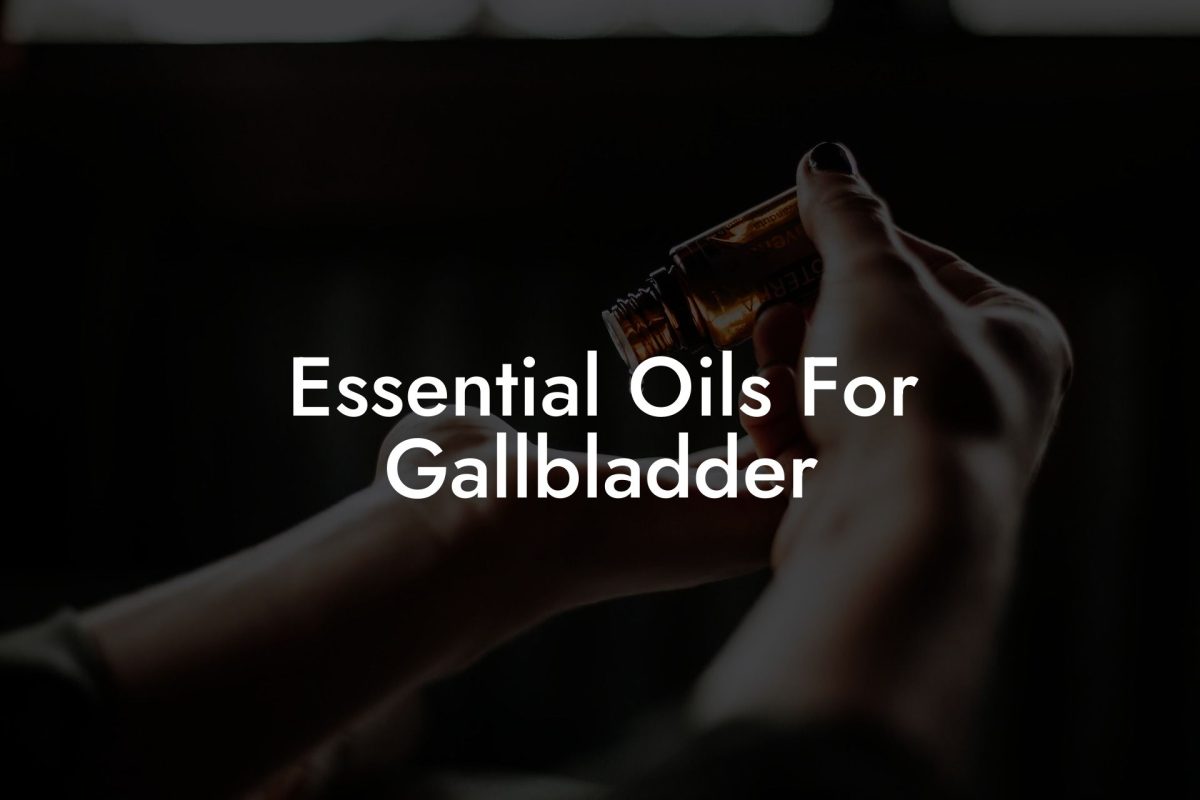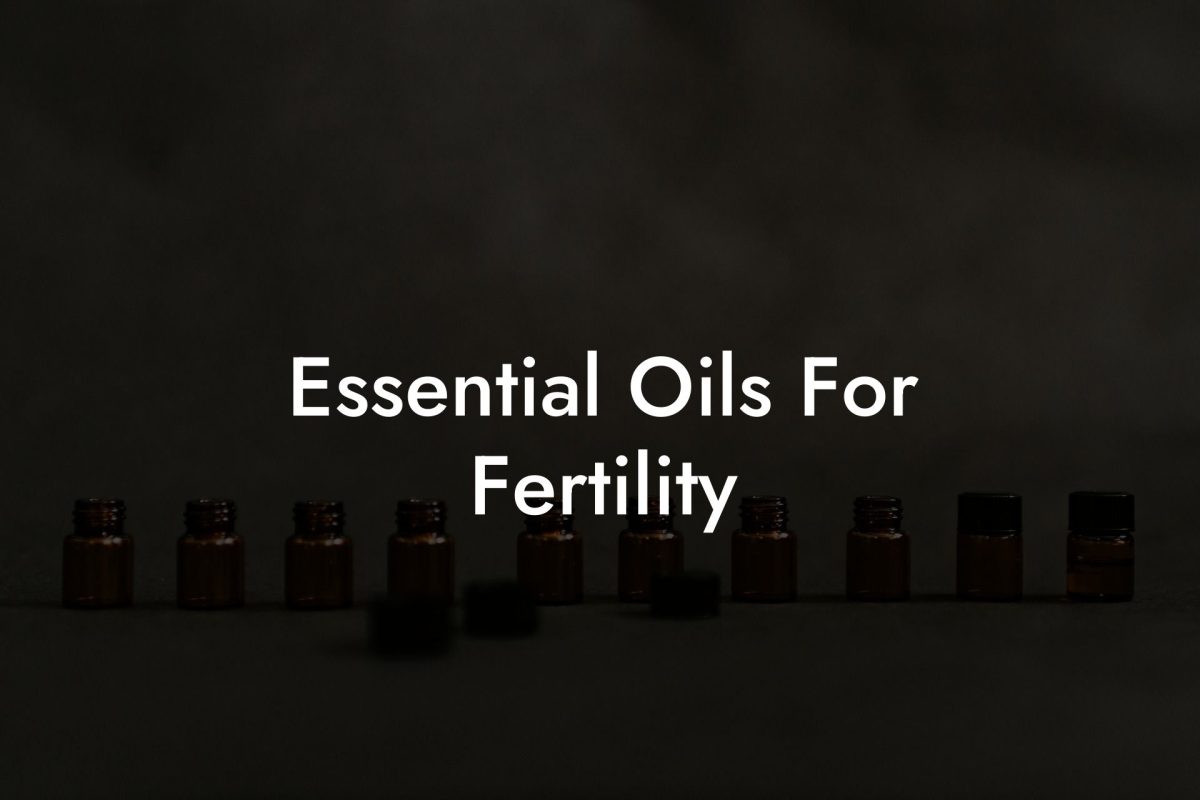Got stung by a bee and not quite sure what to do next? Don’t panic! In this article, we will discuss the benefits of using essential oils to treat bee stings and alleviate the pain and swelling that comes with it. This natural approach is not only safe but also offers a multitude of additional benefits that can enhance your overall well-being. So, let’s dive deep into the world of essential oils and discover the most effective oil combinations to bring instant relief after a bee sting.
Table of Contents
Understanding Bee Stings
Bee stings usually occur when a bee feels threatened and releases venom through their stinger into the skin. The venom causes inflammation, redness, itchiness, and pain in the affected area. The severity of the reaction can vary depending on the individual’s sensitivity to the venom. Generally, it is not dangerous, but for those with allergies, it can prove to be life-threatening.
Essential Oils for Bee Stings
Essential oils have long been associated with natural healing and are known for their anti-inflammatory, analgesic, and antihistamine properties. Below are some of the essential oils commonly used to treat bee stings.
- Lavender: Lavender oil can help reduce pain, inflammation, and itchiness due to its analgesic and anti-inflammatory properties.
- Tea Tree: Tea tree oil’s antiseptic and anti-inflammatory properties make it ideal for treating bee stings, as it can help prevent infections and reduce swelling.
- Peppermint: Peppermint oil is known for its cooling effect, which can help soothe the pain and itchiness caused by a bee sting.
- Chamomile: Chamomile oil has powerful anti-inflammatory properties, making it effective in reducing redness and swelling at the site of the sting.
- Eucalyptus: Eucalyptus oil has antiseptic and anti-inflammatory properties that can help to eliminate harmful bacteria and reduce inflammation.
How to Use Essential Oils to Treat Bee Stings
Before applying essential oils to the skin, make sure to remove the bee’s stinger, clean the area thoroughly with water and soap, and then pat dry. It is also important to note that essential oils must be diluted with a carrier oil (such as coconut or sweet almond oil) before applying to the skin.
A popular method is to create a soothing blend of essential oils to treat the bee sting. Here’s a simple recipe to try:
– 2 drops of lavender oil
– 2 drops of tea tree oil
– 2 drops of chamomile oil
– 1 tablespoon of carrier oil
Mix the ingredients and gently apply the mixture onto the affected area using a cotton ball or your fingertips. Reapply as needed for relief. Additionally, you can also create a cold compress by soaking a cloth in the essential oil blend and applying it directly onto the sting.
Essential Oils Bee Sting Example:
Imagine spending a lovely afternoon in your garden when suddenly, a bee stings you on your arm. To relieve the pain and swelling:
1. Remove the bee’s stinger with a pair of tweezers or the edge of a credit card.
2. Clean the area with soap and water, then pat it dry.
3. Create the essential oil bee sting remedy mentioned above.
4. Dilute the essential oils with the carrier oil and gently apply to the affected area.
5. Monitor the area for any severe reactions and seek medical help if necessary.
Essential oils are a safe and natural remedy for bee stings that can provide instant relief from pain, itching, and inflammation. By following the advice shared in this guide, you can easily treat a bee sting and speed up the healing process. Share this article with friends and family who may also benefit from this knowledge. Furthermore, don’t forget to explore other essential oil guides on Oshu Oils and browse our collection of Artisan Essential Earth Oils to enhance your well-being. Remember, nature always has a remedy!



